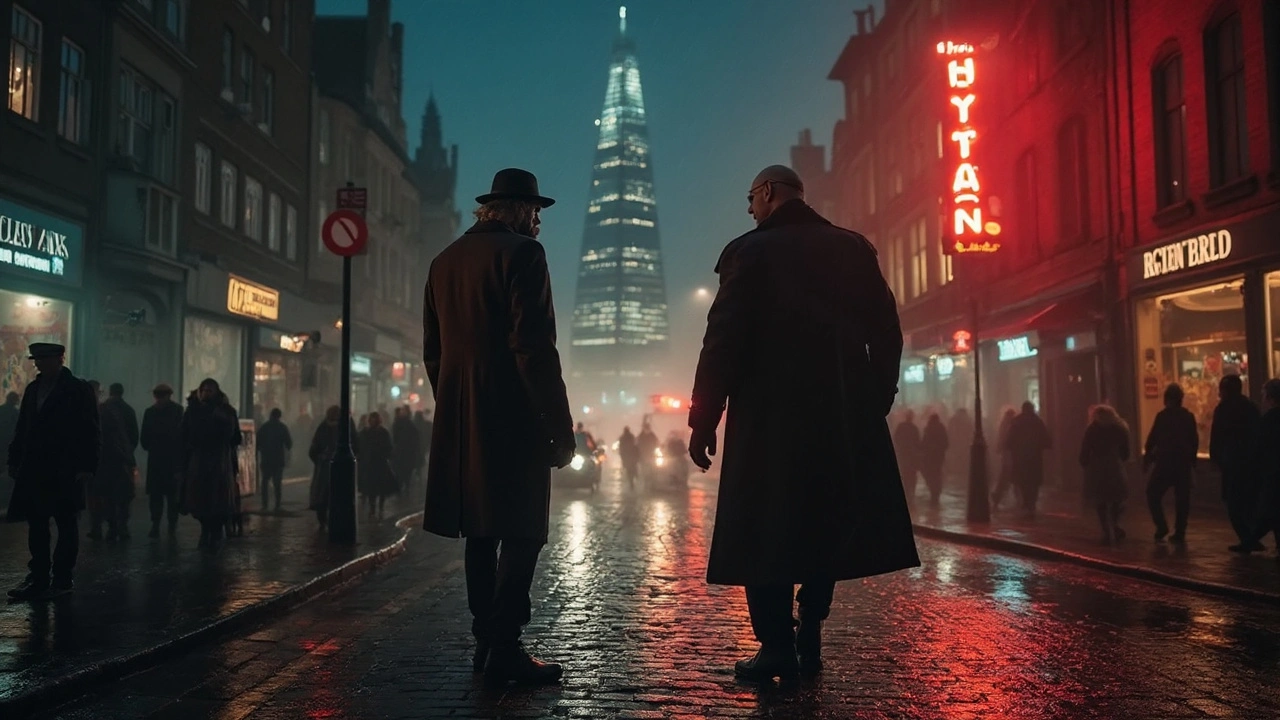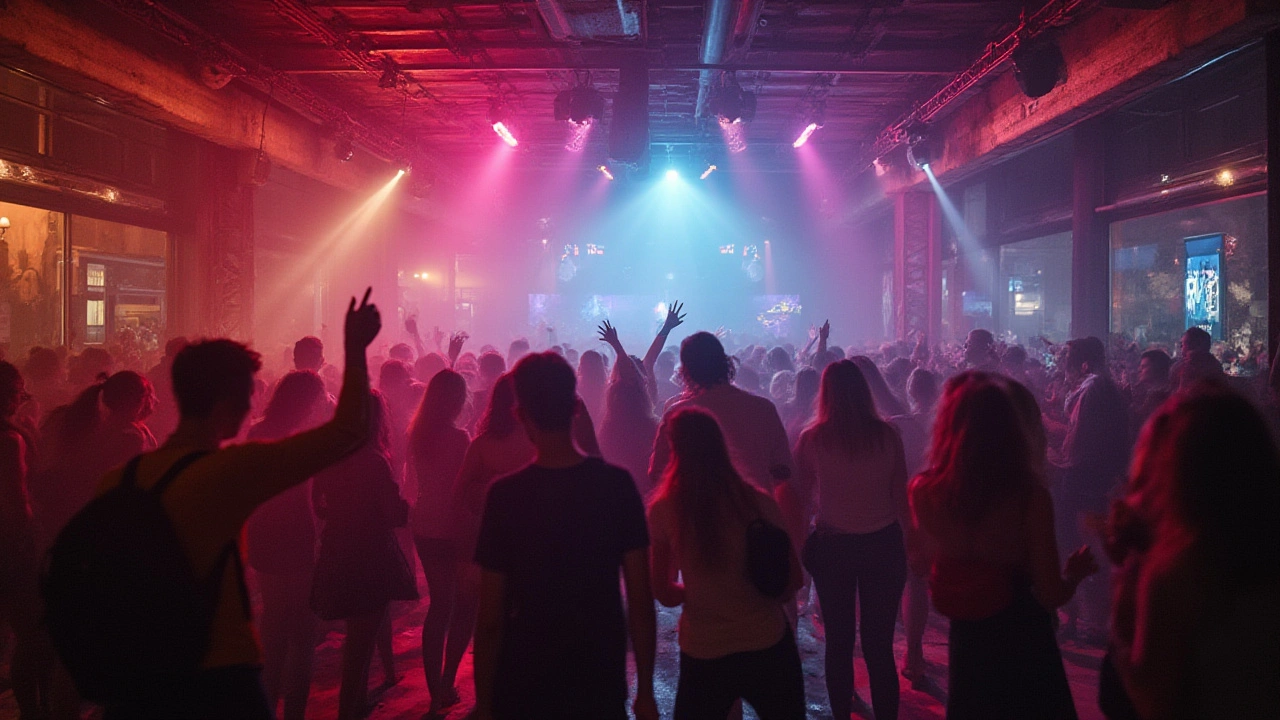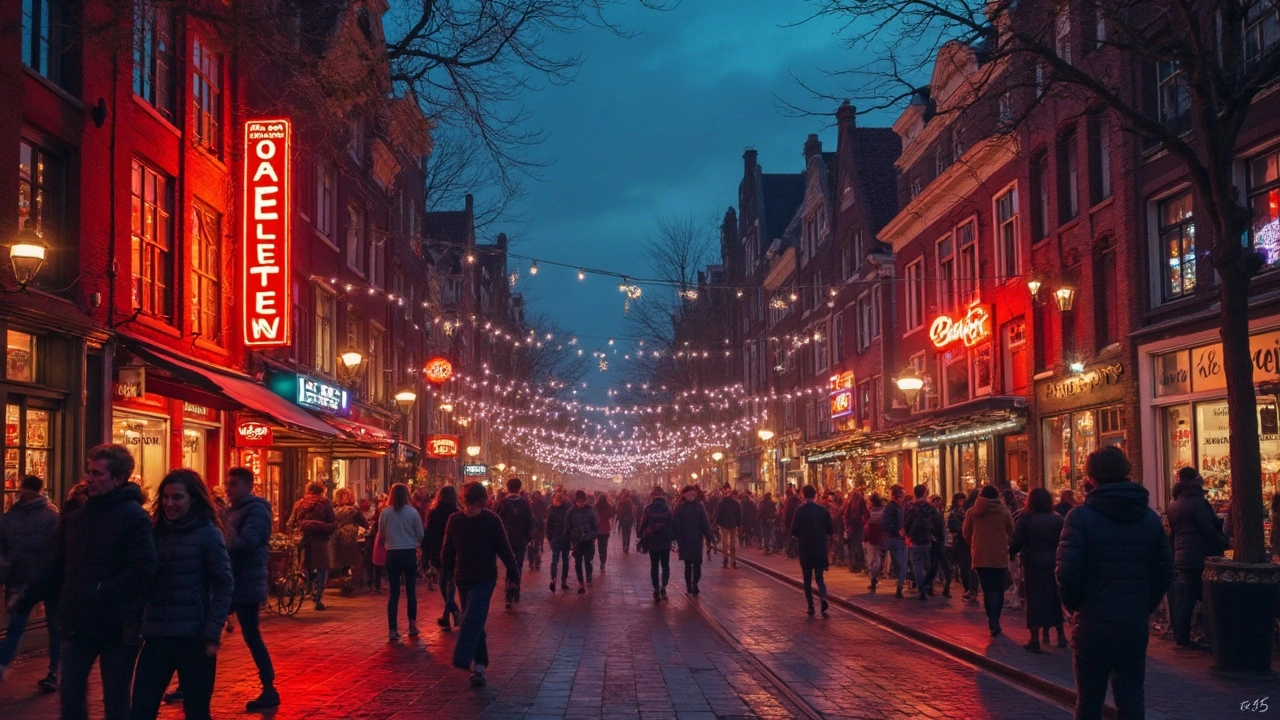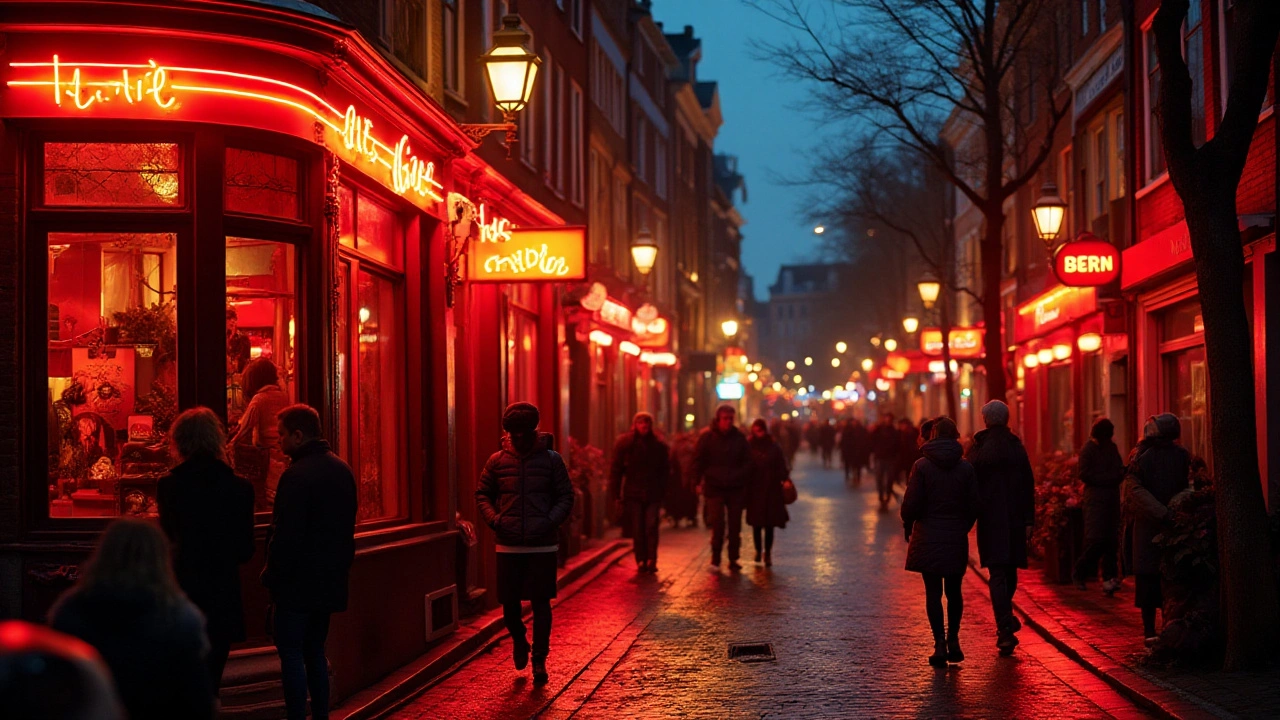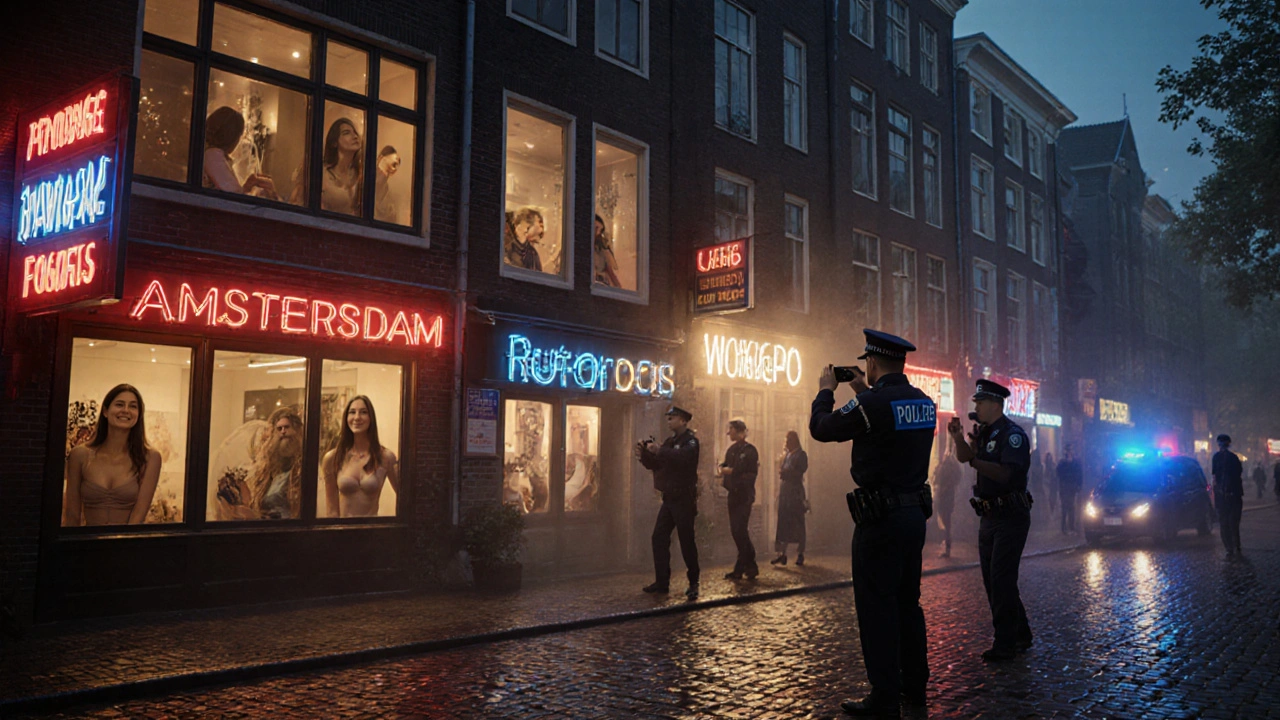
Walk through Amsterdam’s Red Light District at night, and you’ll see windows lit up with women smiling, signs in multiple languages, tourists taking photos, and police officers quietly patrolling. It’s not what you’d expect from a city known for windmills and tulips. But this isn’t chaos-it’s a carefully managed system. The relationship between the women working in these windows and the Dutch government isn’t about suppression. It’s about control, safety, and survival.
Sex work is legal in the Netherlands-here’s how it works
In the Netherlands, prostitution has been legal since 1988. That doesn’t mean it’s unregulated. The government treats sex work like any other business: you need a license, pay taxes, follow health rules, and can’t operate from your home. In Amsterdam, you can’t just set up a window in your apartment and start working. The city requires operators to register with the Chamber of Commerce, pass background checks, and ensure workers have access to healthcare and legal support.
Many women working in the Red Light District are self-employed. They rent a window from a licensed operator, usually paying €50-€100 per night. Some work alone. Others share space with others. A few work in small agencies. But they all have to be registered with the city’s Wet op de prostitutie-the Prostitution Act. This law was designed to take sex work out of the shadows, not to punish it.
Why the government got involved
In the 1970s and 80s, Amsterdam’s Red Light District was wild. Human trafficking was common. Women were locked in rooms. Drug addiction ran rampant. Police couldn’t control it. The city realized that criminalizing sex work didn’t make it disappear-it just made it more dangerous.
So in 1999, the government launched a pilot program to regulate brothels. They started requiring health checks every six weeks. They trained police to identify trafficking victims instead of arresting workers. They created a hotline for sex workers to report abuse anonymously. By 2005, these rules became national law.
The result? Human trafficking in Amsterdam’s Red Light District dropped by 60% between 2000 and 2015, according to the Dutch National Rapporteur on Trafficking. The number of underage workers fell to near zero. And sex workers started reporting higher levels of safety.
What the government doesn’t do
Don’t think the Dutch government supports prostitution. They don’t. They don’t advertise it. They don’t fund it. They don’t promote it. What they do is accept that it exists-and try to make it as safe as possible.
The city doesn’t give out subsidies. No tax breaks. No public funding for brothels. In fact, many landlords who rent windows to sex workers get fined if they don’t follow zoning rules. The government doesn’t care if you’re a sex worker. They care if you’re being exploited.
That’s why the city cracked down on unlicensed operators in 2023. Over 120 window brothels were shut down for not registering workers or failing health checks. The police now use thermal cameras to detect people trapped inside rooms. If a woman can’t leave a window at will, it’s considered trafficking-and the operator goes to jail.
Who are the women working in the windows?
Most women working in Amsterdam’s Red Light District today are from Eastern Europe, Latin America, and Southeast Asia. Some came voluntarily. Others were misled. A few were trafficked. The difference? The system now helps sort them out.
Organizations like De Rode Draad (The Red Thread) offer free legal advice, language classes, and housing help. They work with police to identify victims. In 2024, they helped 312 women leave the industry and find other jobs. Many got training as nurses, cleaners, or baristas.
Not everyone wants to leave. Some women say they earn more here than in their home countries. One woman from Romania told me, “I pay my sister’s tuition with what I make here. I don’t have a choice, but I have control.” That’s the key point: control.
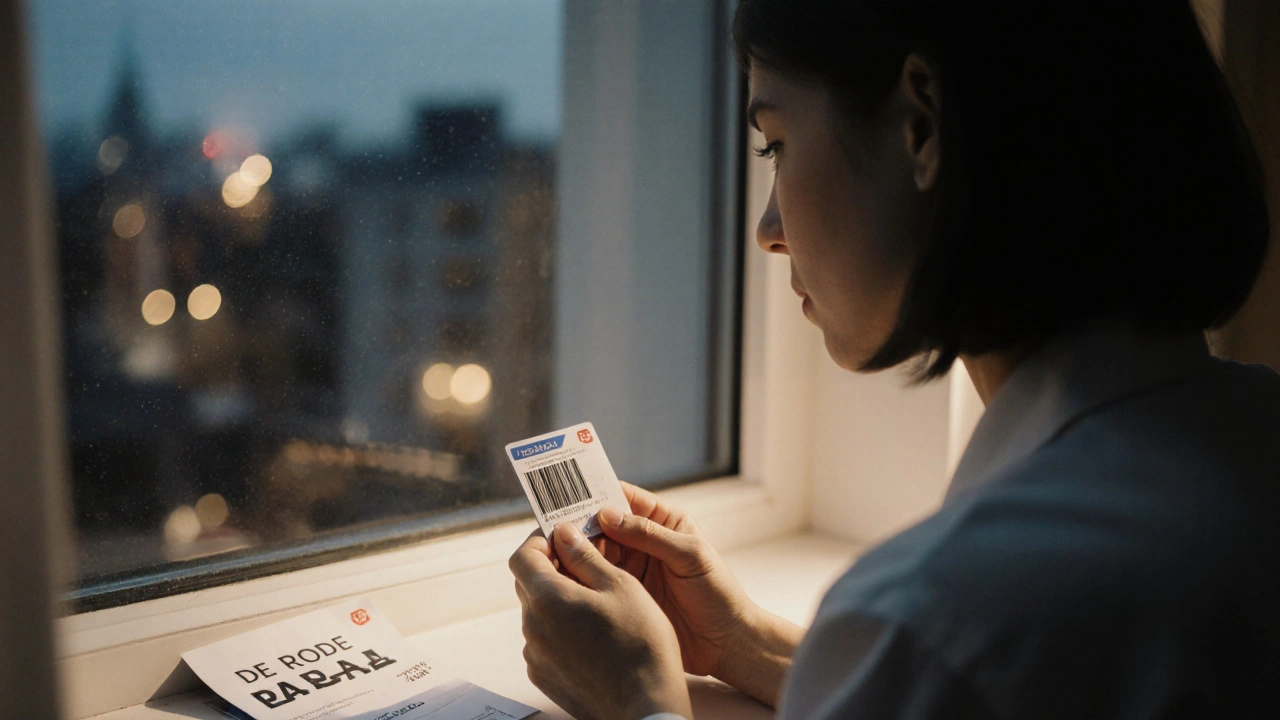
The money side: taxes, fees, and fines
Every euro earned in the Red Light District is taxable. Sex workers pay 30-40% income tax, depending on earnings. They also pay a €25 monthly municipal fee for operating in the district. Brothel owners pay €1,200 per window per year for a license.
But here’s the twist: many workers underreport income. Cash payments are common. The government knows this. Instead of chasing every unreported euro, they focus on big operators who exploit workers. In 2024, the tax office fined three major brothel owners over €2.1 million for hiding income and using forced labor.
The money collected from licenses and fines goes into a fund that pays for outreach workers, safe housing, and addiction programs. It’s not a profit system. It’s a protection system.
What’s changed in the last five years?
In 2021, Amsterdam banned new brothel licenses in the Red Light District. No more windows. No more expansion. The city wanted to shrink the area, not grow it. They closed down 40% of the windows between 2019 and 2024. The goal? Reduce tourism pressure and make the district less of a spectacle.
They also started requiring all workers to carry ID cards with a unique code. Police can scan them to check if the person is registered. If someone’s not on the list, they’re flagged for possible trafficking. This system cut down fake profiles by 87%.
And in 2023, the city introduced mandatory training for all new workers. It’s a two-hour session on rights, safety, and how to report abuse. Over 1,200 women have completed it since then. No one is allowed to work without it.
Is this system perfect?
No. It’s not. Some women still get exploited. Some still get scared to speak up. Some still live in fear of deportation. The system doesn’t fix poverty. It doesn’t end gender inequality. But it does give people tools to survive.
Compare Amsterdam to places where sex work is illegal. In those cities, workers are arrested. They’re pushed underground. They’re more likely to be abused. They have no access to doctors. No one checks if they’re being held against their will.
In Amsterdam, if you’re hurt, you can call a number and get help. If you’re being forced to work, you can walk out and the police will protect you. If you want to quit, there’s a program waiting for you.
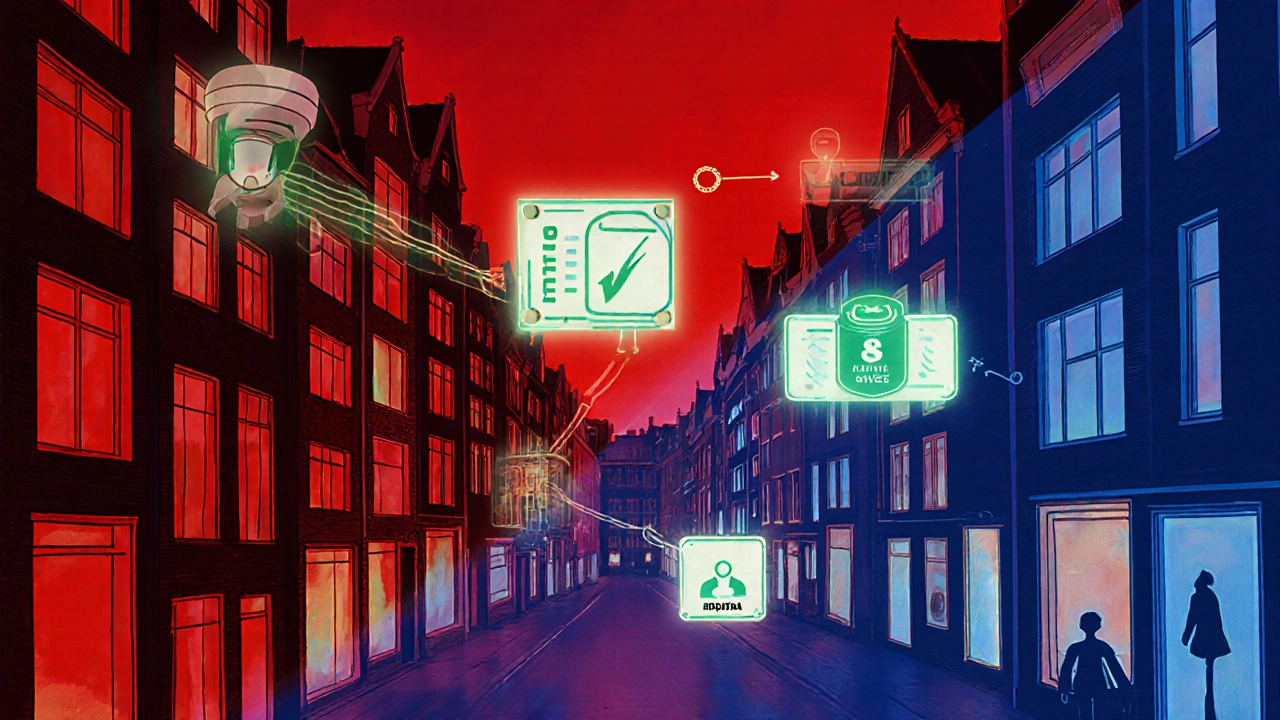
What tourists don’t see
Most visitors think the Red Light District is about sex. It’s not. It’s about survival. It’s about a city trying to manage a messy, painful reality with dignity. The women behind the windows aren’t symbols. They’re people. Some are there by choice. Some are there because they have no other options.
The Dutch government doesn’t celebrate this. They don’t post ads for it. They don’t put it on postcards. But they don’t pretend it doesn’t exist either. They show up. They regulate. They protect. They fund programs to help people leave. That’s the real story.
If you visit Amsterdam, don’t just take photos. Ask yourself: Why does this exist? And what would happen if it were banned instead of managed?
What happens if you try to work without a license?
If you show up in Amsterdam and try to open a window without registering, you’ll be shut down within days. Police patrol the district daily. They check IDs. They check licenses. They interview workers privately.
Unlicensed operators face fines up to €45,000. Workers who operate without registration can be deported if they’re not EU citizens. But here’s the key: the government doesn’t punish the worker first. They go after the person who brought them here.
That’s why most women who come to Amsterdam for work end up in legal setups. They’re guided by NGOs before they even arrive. Organizations like Red Light Help partner with embassies in Ukraine, Romania, and the Philippines to warn women about scams. They give them real numbers to call.
How the system protects children
There are no minors working in Amsterdam’s Red Light District. Not one. Not since 2012.
That’s because of strict ID checks. Every worker must show a government-issued ID with a photo and birth date. Brothel owners are required to scan these into a national database. If someone is under 18, the system flags them automatically. Police are notified within minutes.
Cameras in the district record every window. Facial recognition software checks for known traffickers. If a person appears in a window after being flagged, the system alerts authorities.
It’s not perfect-but it’s the most effective system in Europe. In 2024, the EU reported that Amsterdam had the lowest rate of child exploitation in sex work among all major cities.
Is it legal to hire a call girl in Amsterdam?
Yes, it’s legal to pay for sex in Amsterdam if the worker is registered and over 18. But it’s illegal to pay someone who is being forced, trafficked, or underage. Police can arrest buyers if they knowingly use unregistered workers. Always check that the worker is registered and has a valid ID.
Why do women work in the Red Light District?
Many women come from countries with few economic options. They earn more in Amsterdam than they could back home. Some are students paying for school. Others are supporting family members. A few are escaping abuse. The government doesn’t judge why they’re there-they focus on making sure they’re safe and free to leave.
Are all women in the Red Light District victims?
No. While trafficking does happen, most women working in licensed windows are not victims. Many choose this work because it gives them control over their hours, income, and safety. The Dutch system is built to protect those who are vulnerable, not to assume everyone is. NGOs regularly interview workers privately to confirm they’re there voluntarily.
Can you get arrested for walking through the Red Light District?
No. Walking through the Red Light District is legal and common. Tourists do it every day. But taking photos of workers without permission is illegal and can lead to fines. Police monitor behavior-harassment, aggressive solicitation, or filming without consent will get you stopped.
What’s the difference between a call girl and a prostitute in Amsterdam?
There’s no legal difference. The term “call girl” is just a media label. In Dutch law, all sex workers are treated the same. Whether they work from a window, an apartment, or an agency, they must follow the same rules: register, pay taxes, get health checks, and be over 18.
What’s next for Amsterdam’s sex work policy?
The city is testing a new model: digital payment tracking. Starting in 2026, all transactions in licensed windows must go through a government-approved app. Workers will get paid directly, and the system will automatically report earnings to tax authorities. This is meant to cut down on cash-only deals and make exploitation harder to hide.
It’s controversial. Some workers worry about privacy. Others say it’ll help them prove income for loans or housing. The government says it’s not about surveillance-it’s about protection.
One thing is clear: Amsterdam isn’t trying to end sex work. It’s trying to make sure no one has to suffer for it.

